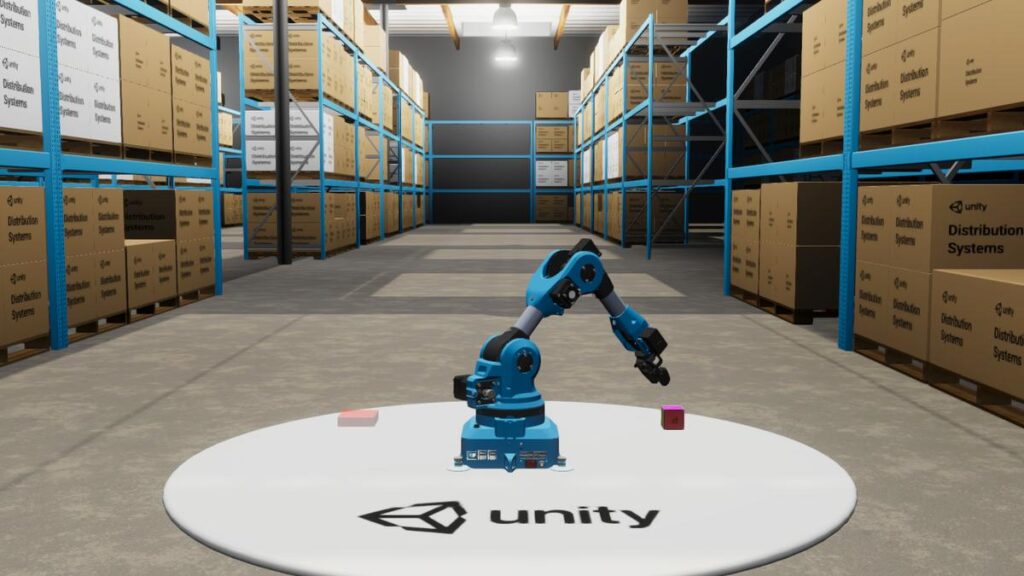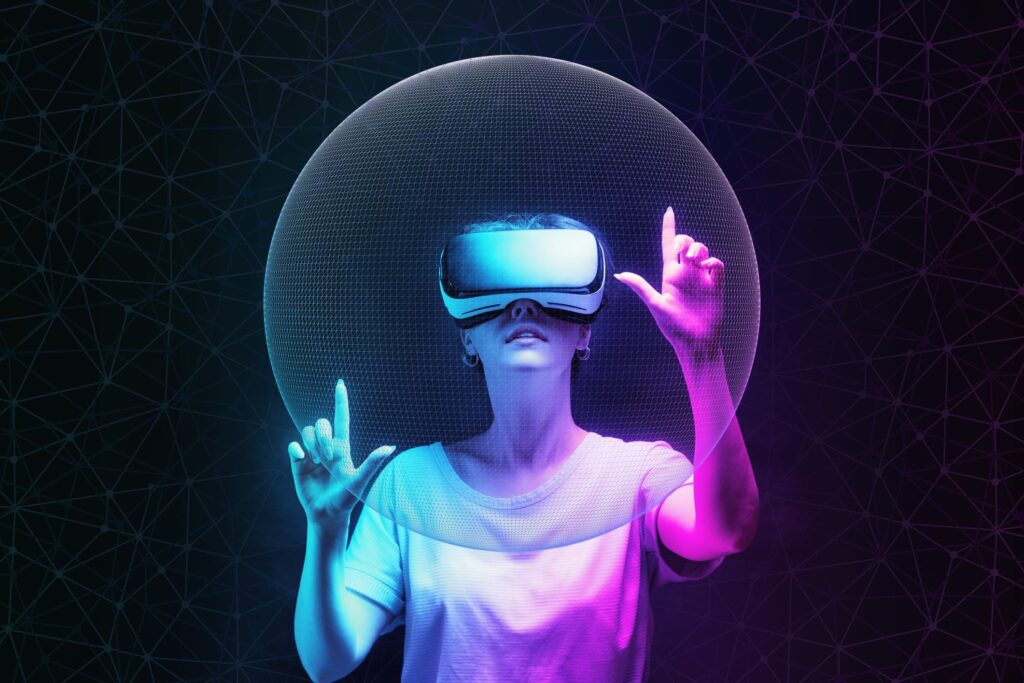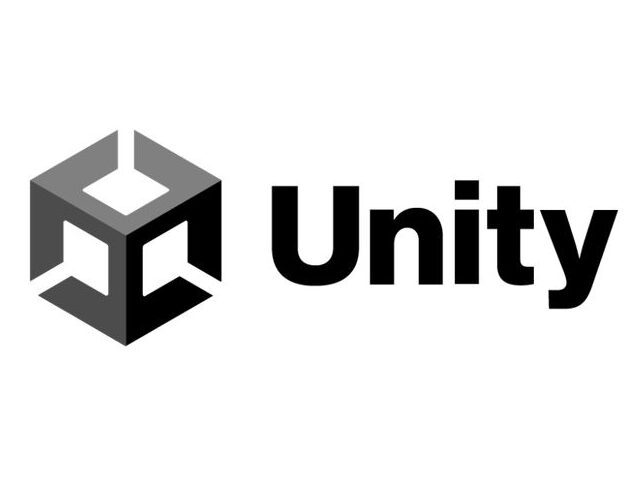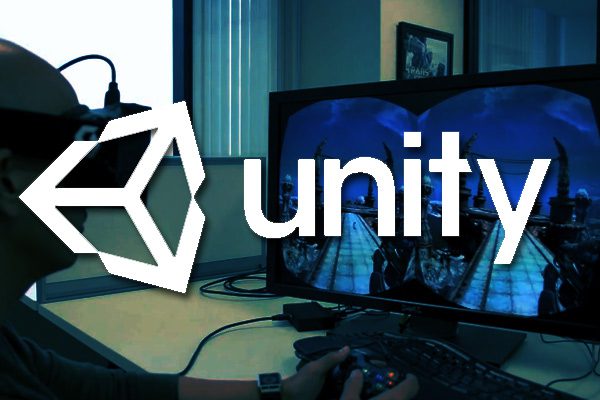Unity’s Digital Humans Are Pushing The Limits Of Realism
Unity Technologies has been making a disruptive impact in the realm of digital humans, revolutionizing the creation of hyper-realistic digital characters that are difficult to distinguish from their organic counterparts. With their technology, they are opening up a world of endless possibilities, where digital representations that were once a figment of imagination can now become a reality. For years, Unity has been honing their skills in the field of digital humans, and the progress they have made is truly remarkable. By combining the power of state-of-the-art machine learning algorithms with cutting-edge 3D graphics technology, they have created digital characters that exhibit a degree of lifelikeness that is nothing short of phenomenal. The realism of Unity’s digital humans is particularly impressive. The characters they have created not only look incredibly lifelike but also move with such fluidity that they are almost indistinguishable from real humans. This is a significant accomplishment and it is paving the way for new frontiers in the creation of digital content. Not only are Unity’s digital humans incredibly realistic, but they are also incredibly versatile. They can be easily tailored to fit a wide range of applications, and they can be used in many different ways. This makes them ideal for use in video games, virtual reality experiences, movies and other forms of digital content. In the example video called “Enemies,” Unity showcases their new digital human, exemplifying their technological prowess in the creation of realistic digital representations. This video serves as a testament to the key features of Unity’s digital humans, which include: In conclusion, Unity’s digital humans are pushing the limits of what is possible in the field of realistic digital representations. They are blazing a trail of innovation, leading the charge in the creation of new and exciting digital content, and are poised to play a crucial role in the future of digital media.
Unity’s Digital Humans Are Pushing The Limits Of Realism Read More »








